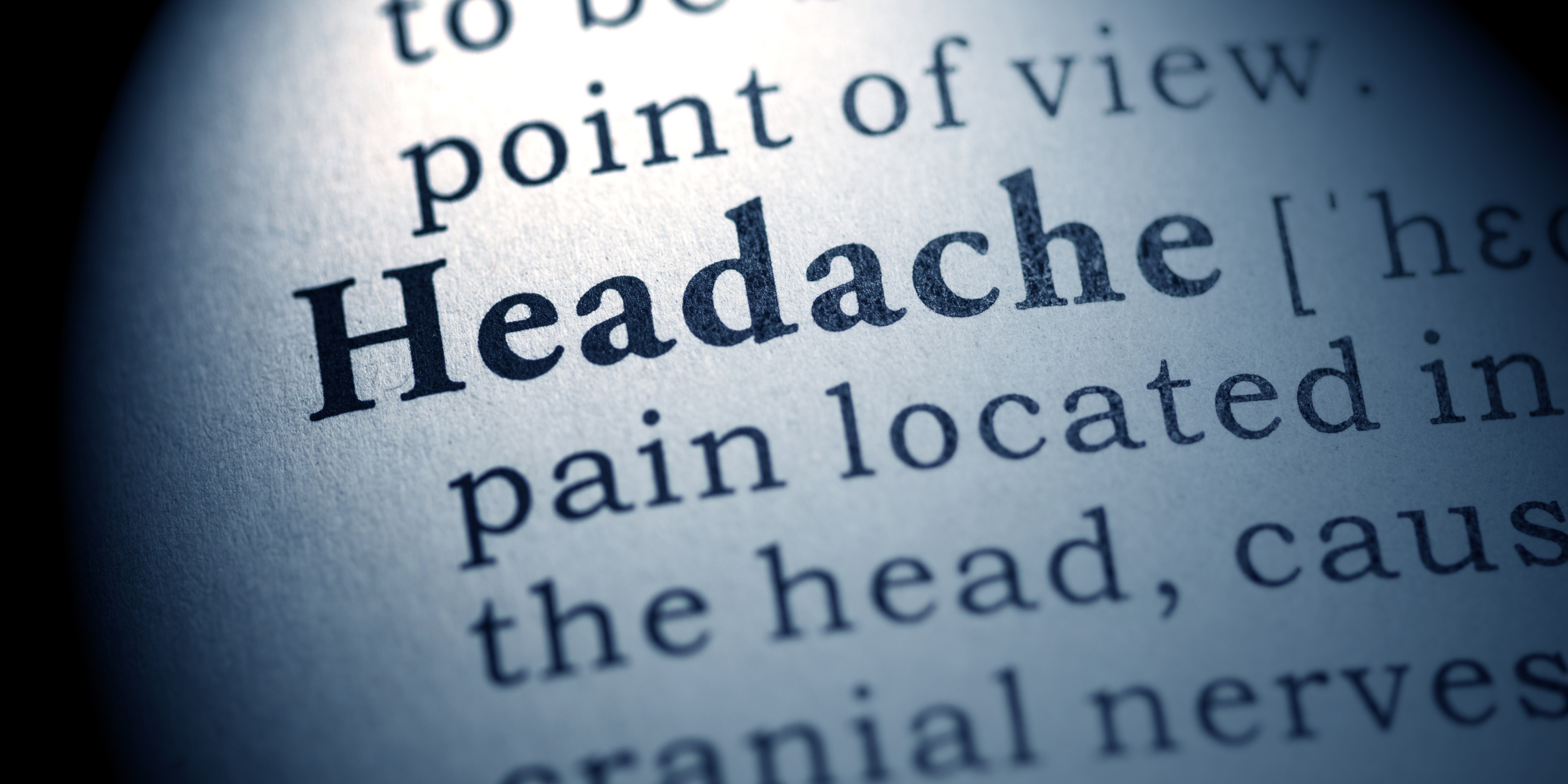Understanding Headaches: Effective Strategies for Pain Management in Victoria
What is a Headache? How is a migraine different than a tension headache? Why to my headaches make my vision go fuzzy sometimes?
Headaches are a very common condition that varies in frequency, severity, and nature. It is simply defined as experiencing pain in the head or face. While some people experience occasional mild discomfort, others endure persistent or debilitating pain that disrupts daily life. The three most common types include: tension-type, cervicogenic, and migraines – with tension-type headaches being the most prevalent.
Nearly 90% of women and 70% of men experience at least one in their lifetime, while 37% of women and 21% of men have them regularly.1 Fortunately, several strategies can help reduce the frequency and duration of certain headaches, particularly tension-type and cervicogenic.
What are the differences between these three types?
Tension-type headaches often feel like a pressure or tightening sensation/pain on both sides of the head or neck, lasting anywhere from 30 minutes and up to a week. Tension headaches can be very mild, but it isn’t uncommon for them to cause intense pain. The exact cause remains unknown, however there are some theories. It is believed that when the muscles around the head, neck and jaw become irritated, a pain signal is sent up your neck and into your head. If this happens once in a while, you can experience an occasional headache. But if it keeps happening for a long time, your nervous system might become extra sensitive to the pain signals, making the headaches more frequent and harder to get rid of.5

Migraines are typically felt on one side of the head, cause moderate to severe pain lasting from hours to days. They are often accompanied by nausea and sensitivity to light and noise, significantly impacting daily life. Tension-type headaches come from an irritation in the muscles, whereas migraine headaches are influenced by a combination of nervous system sensitization and vasodilation in the brain (increase blood flow/pressure).
Some people experience an aura, and although the exact cause of migraine aura is unknown, research suggests it involves an electrical disturbance in the visual cortex that alters visual perception.
Common triggers include stress, hormonal changes, specific foods, and environmental factors. Theories suggest that migraines result from a combination of genetic, neurological, and chemical factors affecting the central and peripheral nervous systems.4
Cervicogenic headaches stem from the irritation of structures innervated by spinal nerves C1–C3.1 Though less common than tension-type headaches or migraines, they frequently occur in people in their 30s and 40s. These headaches usually cause pain on one side of the neck that radiates to the head, worsens with movement, and may limit neck mobility.
What to do about it?
Research supports the use of chiropractic care, spinal manipulation and therapeutic exercises as an effective treatment for tension-type, migraine, and cervicogenic headaches.1, 2, 4, 6 Migraine sufferers, in particular, can benefit from consulting multiple healthcare professionals, such as primary care providers, acupuncturists, naturopathic doctors, or dietitians, for a comprehensive approach to management.
During a chiropractic visit, a detailed history and examination will help tailor a treatment plan to your specific needs. This may include postural modifications, strengthening or stretching exercises, manual therapy for the muscles and joints in the back and neck, and self-management strategies to help identify triggers and reduce headache frequency.
If you’ve been struggling to find a solution with your headaches, chiropractic care offers a safe, effective approach with a goal of reducing pain and improving your quality of life.
- Rist PM, Hernandez A, Bernstein C, Kowalski M, Osypiuk K, Vining R, Long CR, Goertz C, Song R, Wayne PM. The Impact of Spinal Manipulation on Migraine Pain and Disability: A Systematic Review and Meta-Analysis. Headache. 2019 Apr;59(4):532-542. doi: 10.1111/head.13501. Epub 2019 Mar 14. PMID: 30973196; PMCID: PMC6461372.
- Bogduk N, Govind J. Cervicogenic headache: an assessment of the evidence on clinical diagnosis, invasive tests, and treatment. Lancet Neurol. 2009 Oct;8(10):959-68. [PubMed]
- Bryans R, Descarreaux M, Duranleau M, Marcoux H, Potter B, Ruegg R, Shaw L, Watkin R, White E. Evidence-based guidelines for the chiropractic treatment of adults with headache. J Manipulative Physiol Ther. 2011 Jun;34(5):274-89. doi: 10.1016/j.jmpt.2011.04.008. PMID: 21640251.
- Chowdhury D. Tension type headache. Ann Indian Acad Neurol. 2012 Aug;15(Suppl 1):S83-8. doi: 10.4103/0972-2327.100023. PMID: 23024570; PMCID: PMC3444224.
- 4 Cumplido-Trasmonte C, Fernández-González P, Alguacil-Diego IM, Molina-Rueda F. Manual therapy in adults with tension-type headache: A systematic review. Neurologia (Engl Ed). 2021 Sep;36(7):537-547. doi: 10.1016/j.nrleng.2017.12.005. Epub 2020 Apr 7. PMID: 34537167.
- Pescador Ruschel MA, De Jesus O. Migraine Headache. [Updated 2024 Jul 5]. In: StatPearls [Internet]. Treasure Island (FL): StatPearls Publishing; 2025 Jan-. Available from: https://www.ncbi.nlm.nih.gov/books/NBK560787/




